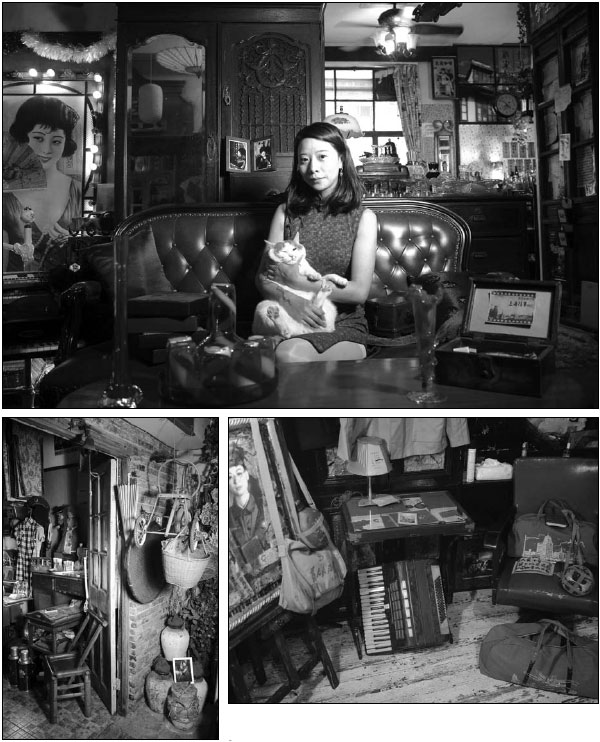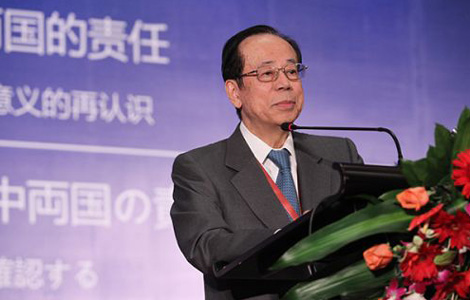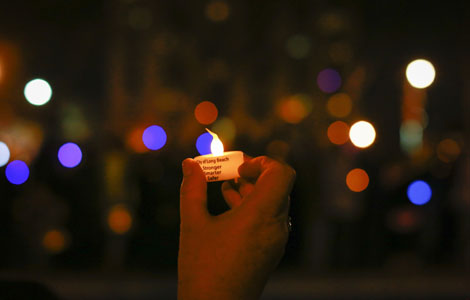Museum down memory lane
Updated: 2013-10-30 07:35
By Wu Ni (China Daily)
|
||||||||
Shanghai is a city with an eye to the future - but some residents are nostalgic for times past. Wu Ni chats to a 'retro-holic' who is collecting pieces of the lost city.
For many Shanghai natives, nostalgia is a natural reaction to the rapid and drastic changes that are happening to the city. Wang Xiaojia went a step further - she built a museum to commemorate the golden days of old Shanghai.
The museum is hidden away in the middle of a residential compound for war veterans. Stepping inside, one is immediately transported into the past, with a nostalgic atmosphere created by the dusky lighting, slow jazz melody and thousands of items reminiscent of old Shanghai.
|
Wang Xiaojia's museum, called Shanghai 1937, displays a variety of things that showcase the golden days of old Shanghai. Photos by Gao Erqiang / China Daily |
They include qipao, or cheongsam, the popular dress among socialites and upper class women in the 1920s in Shanghai, rusty tin boxes for cigarettes, vintage watches and bags, and complete household articles used by old Shanghai families from glassware to ashtrays, light bulbs, wash basins, thermoses, sewing machines and wardrobes.
Wang named her museum Shanghai 1937, an era in her eyes when the city's prosperity rivaled Paris and New York, but was interrupted by the invasion of the Japanese army.
Wang's family has lived in Shanghai for generations. Born in the 1980s, she grew up in a traditional stone-arched Shikumen lane house. As skyscrapers and shopping malls gradually took over the city, the old houses were demolished, big families dispersed and things that she was familiar with disappeared.
She started to collect the old-fashioned items and accumulated so many things that they piled up in a storehouse. Her brother, a photographer, had a vacant photo studio that she thought could be a perfect space to display her collection.
The 200-square-meter studio was transformed into a tiny museum that unexpectedly became a popular destination for those who are fond of local culture and seek old Shanghai flavor.
"These exhibits are not expensive or rare, but people feel intimate with them," Wang says. "Visitors are reminded of the times past and beautiful memories."
Wang recalls a middle-aged woman who bought a cassette of Fei Xiang, or Kris Phillips, the renowned Chinese-American pop icon who was popular on the Chinese mainland in the 1980s.
"She said the singer was her idol when she was young but she could not afford the cassette. Now she had fulfilled her girlhood dream, although the cassette was shabby and the sound quality not satisfactory," Wang says.

Wang works as a stylist but contributes most of her spare time to the museum. She calls herself a "retro-holic" and is proud that she has saved precious items and their stories from fading from history.
On a wall of the museum are a dozen wooden doors she salvaged from a bulldozer. "I was passing by a construction site and saw workers were ready to demolish the houses. I cried out loudly to stop them and said I would take the wooden doors," she recalls.
"The doors are no more than 100 years old. They might not be that valuable for antique dealers but they are precious to me," she says. "Look at those lines and colors, they were sculpted by time."
She also has two razors she collected from an old man whose grandfather received them from American soldiers, in exchange for food, in the 1940s, when Shanghai was a World War II battlefield.
Most exhibits are tradable except for a few personal items. Wang cherishes the pianos she has collected the most. The oldest one is an antique Robinson piano dating back to the 1870s that was used in a religious school. The piano keys are made of ivory.
A Montrie piano was left by Wang's grandmother. The brand, created by the British and produced in Shanghai, was very popular in the 1930s. She also has a Nieer piano, a Chinese produced piano from the 1950s. The instrument is simple, and was made without a cover because there was scant access to materials in that era. She also has a mini-piano Wang played when she was only a kid.
Ann Gu, a 25-year-old Shanghai native, found many exhibits spark memories. "The clothes, bags, vases and cups, no matter what time they belong to, are exquisite. I think they reveal the pursuit of Shanghai people for high-quality and exquisite life," she says.

The museum is only open to the public on Saturday afternoons. On other days, it is used as a photo studio where customers can dress in the 1930s style and pose for photos, or a cute space for friends to have afternoon tea, or even a small bar where several friends come for a drink. There are plenty of old-fashioned snacks and beverages available here.
Wang's brother, who asked to be called by his nickname Lao Hei, explained that the flexible management aims to earn some money to maintain the museum. He says the collection includes some clothes and newspapers dating back to a century ago that need to be regularly taken care of.
It is not easy for a private museum to survive in the city if it lacks financial support from the government or foundations. But the siblings say they will try their best to carry on and hope to find a larger space to display the items chronologically.
"These exhibits embody what used to be a part of our life. We loved them, commemorate them and would like to introduce them to more people," Wang says.
Contact the writer at wuni@chinadaily.com.cn.
(China Daily 10/30/2013 page20)

 Post-baby Duchess
Post-baby Duchess
 Victoria Beckham S/S 2014 presented during NYFW
Victoria Beckham S/S 2014 presented during NYFW
 'Despicable' minions upset Depp's 'Lone Ranger' at box office
'Despicable' minions upset Depp's 'Lone Ranger' at box office
 'Taken 2' grabs movie box office crown
'Taken 2' grabs movie box office crown
 Rihanna's 'Diamonds' tops UK pop chart
Rihanna's 'Diamonds' tops UK pop chart
 Fans get look at vintage Rolling Stones
Fans get look at vintage Rolling Stones
 Celebrities attend Power of Women event
Celebrities attend Power of Women event
 Ang Lee breaks 'every rule' to make unlikely new Life of Pi film
Ang Lee breaks 'every rule' to make unlikely new Life of Pi film
Most Viewed
Editor's Picks
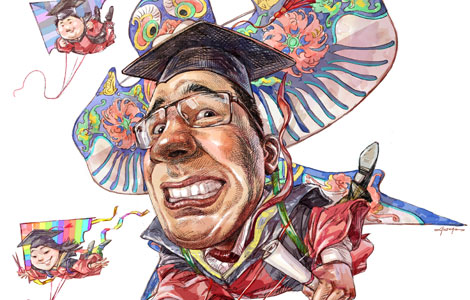
|

|

|

|
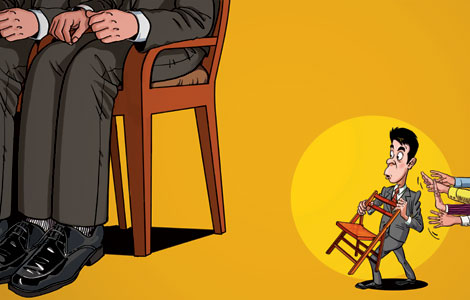
|

|
Today's Top News
Beckham picks Miami for MLS franchise
UN urges end of US embargo on Cuba
IMAX: Coming to a home near you
SUNY recruits students in China
NSA denies reports on US spying in Europe
US approves chemical probes against China
China and the US can learn from each other
Experts detail risks to growth
US Weekly

|

|
